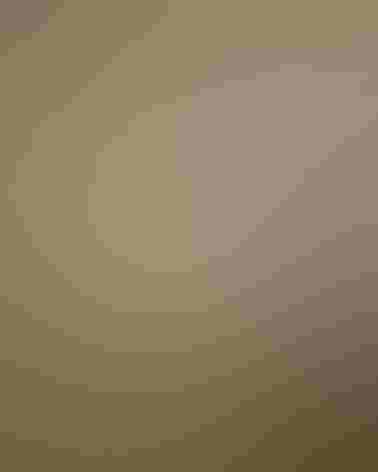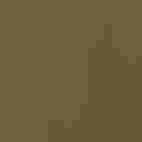Golden-crowned Kinglet
At a Glance
One of our tiniest birds, the Golden-crowned Kinglet is remarkable in its ability to survive in cold climates. Nesting in northern forest, wintering throughout much of the continent, it is usually in dense conifers which undoubtedly help provide shelter from the cold. This choice of habitat also makes the Golden-crown hard to see, but it may be detected by its high thin callnotes, and then glimpsed as it flits about high in the spruce trees.
All bird guide text and rangemaps adapted from Lives of North American Birds by Kenn Kaufman© 1996, used by permission of Houghton Mifflin Harcourt Publishing Company. All rights reserved.
Category
Kinglets, Perching Birds
IUCN Status
Least Concern
Habitat
Forests and Woodlands, Freshwater Wetlands, High Mountains, Shrublands, Savannas, and Thickets, Tundra and Boreal Habitats
Region
Alaska and The North, California, Eastern Canada, Florida, Great Lakes, Mid Atlantic, New England, Northwest, Plains, Rocky Mountains, Southeast, Southwest, Texas, Western Canada
Behavior
Flitter, Rapid Wingbeats, Undulating
Population
140.000.000
Range & Identification
Migration & Range Maps
Generally migrates late in fall and early in spring. Some on northern Pacific Coast are probably permanent residents.
Description
3 1/2 -4" (9-10 cm). Tiny, short-tailed, with wing-flicking action, stripes on face, no eye-ring. Center of crown orange on male, yellow on female. Wing pattern like that of Ruby-crowned Kinglet.
Size
About the size of a Sparrow
Color
Black, Gray, Green, Orange, White, Yellow
Wing Shape
Rounded
Tail Shape
Notched, Short, Square-tipped
Songs and Calls
Thin, wiry, ascending ti-ti-ti, followed by tumbling chatter.
Call Pattern
Complex, Falling, Flat
Call Type
Chatter, Chirp/Chip, Hi, Whistle
Habitat
Mostly conifers; in winter, sometimes other trees. Breeds in dense coniferous forest, especially those of spruce, fir, and hemlock, less often in Douglas-fir or pines. In migration and winter may be found in deciduous trees, but tends to seek out conifers even then, including pine groves and exotic conifers planted in cemeteries and parks.
Sign up for Audubon's newsletter to learn more about birds like the Golden-crowned Kinglet
Behavior
Eggs
8-9, sometimes 5-11. A surprising number of eggs for small size of bird, often arranged in 2 layers in nest. Eggs whitish to pale buff, with brown and gray spots often concentrated toward larger end. Incubation by female only, about 14-15 days. Male may feed female during incubation.
Young
Both parents feed nestlings. Young leave nest about 14-19 days after hatching.
Feeding Behavior
Forages very actively in trees and shrubs, mainly in conifers. Hops among branches, often hanging upside down from tips of twigs. Occasionally hovers to glean an insect from foliage or bark; rarely flies out to catch an insect in mid-air. Compared to Ruby-crowned Kinglet, does less hovering and flycatching, more hanging upside down.
Diet
Mostly insects. Feeds on a wide variety of tiny insects, including small beetles, gnats, caterpillars, scale insects, aphids, and many others. Also eats spiders. Diet includes many eggs of insects and spiders. Will feed on oozing sap; rarely feeds on fruit.
Nesting
Male defends nesting territory by singing. In aggressive encounters with other males, he may lean far forward and down with crown feathers raised, wings and tail flicking while he sings. Nest: Placed in spruce or other conifer, 6-60' up but usually high, averaging about 50' above the ground. Nest is attached to hanging twigs below a horizontal branch, close to trunk, well protected by foliage above. Female builds deep hanging cup of moss, lichens, bark strips, spiderwebs, twigs, leaves, lined with feathers, plant down, rootlets, other soft materials.
Conservation
Conservation Status
Populations may drop after very harsh cold seasons on wintering grounds. Long-term numbers seem healthy. Has expanded breeding range into some new areas in northeast, nesting in planted conifers.
Climate Threats Facing the Golden-crowned Kinglet
Choose a temperature scenario below to see which threats will affect this species as warming increases. The same climate change-driven threats that put birds at risk will affect other wildlife and people, too.









